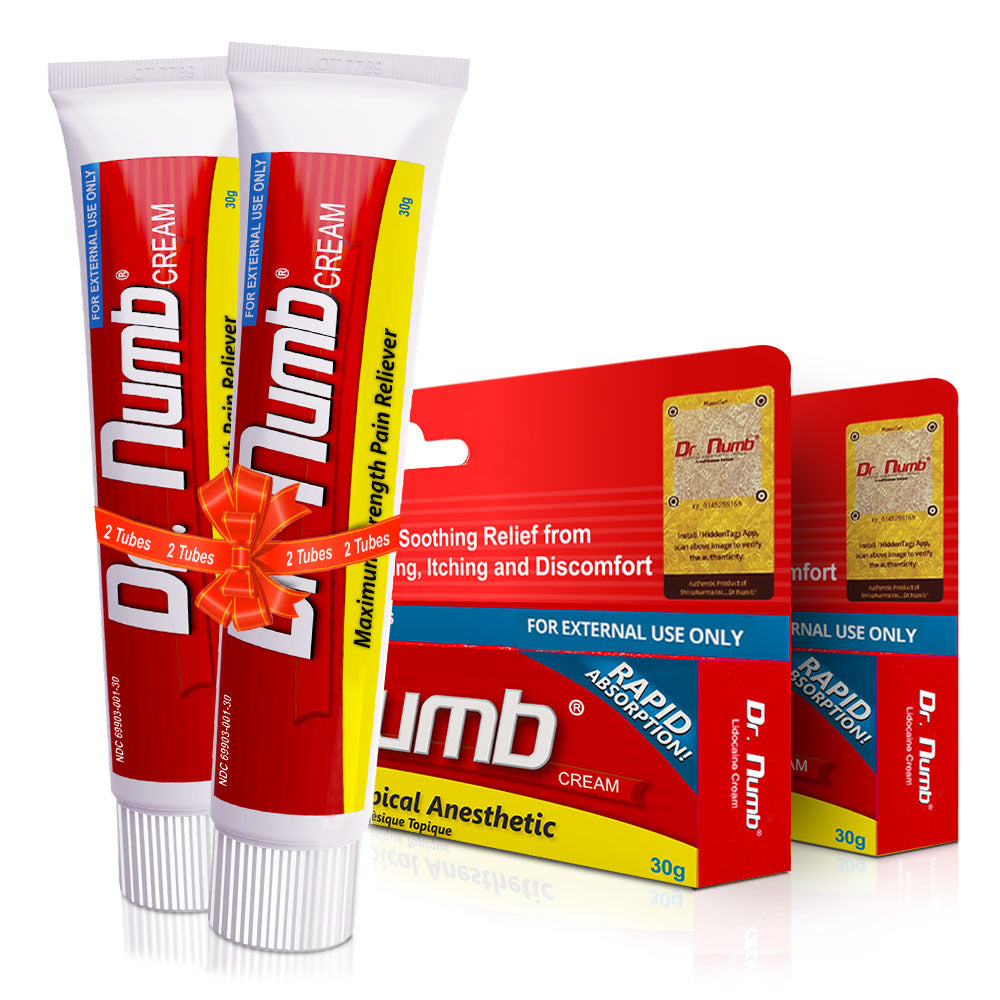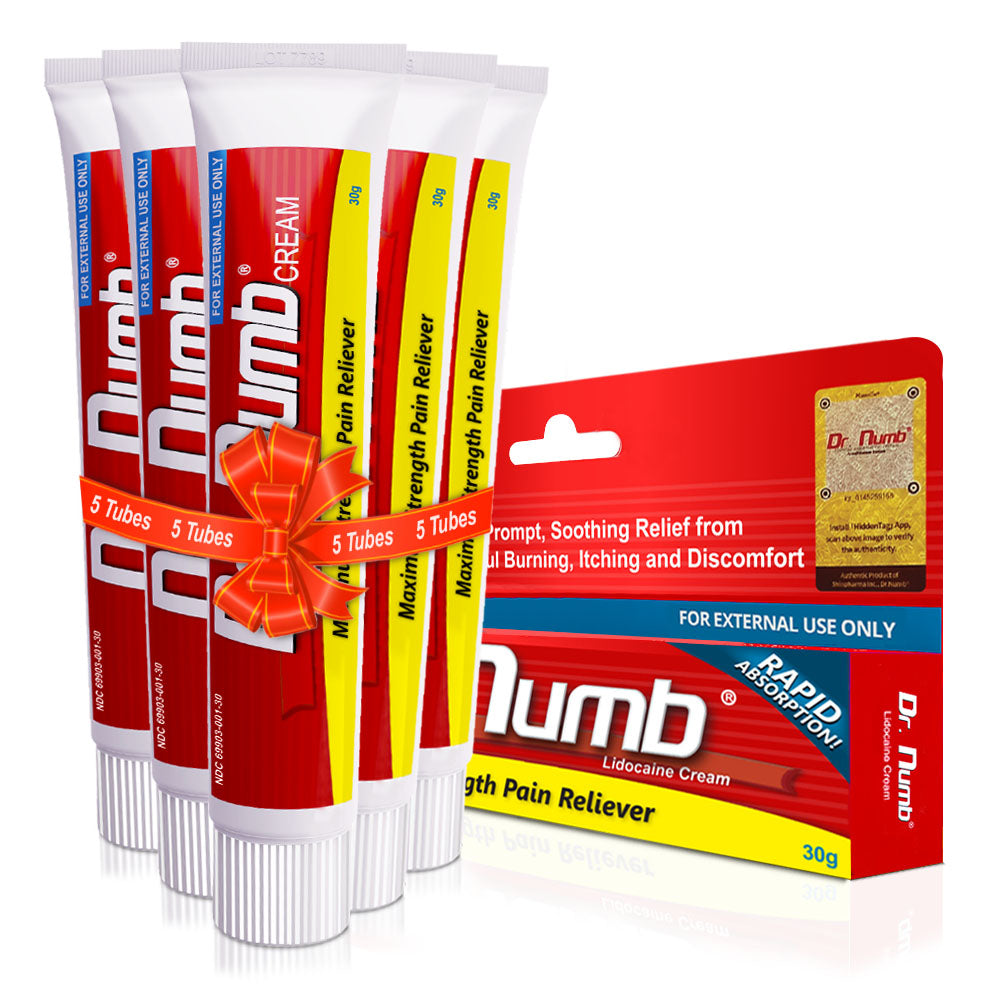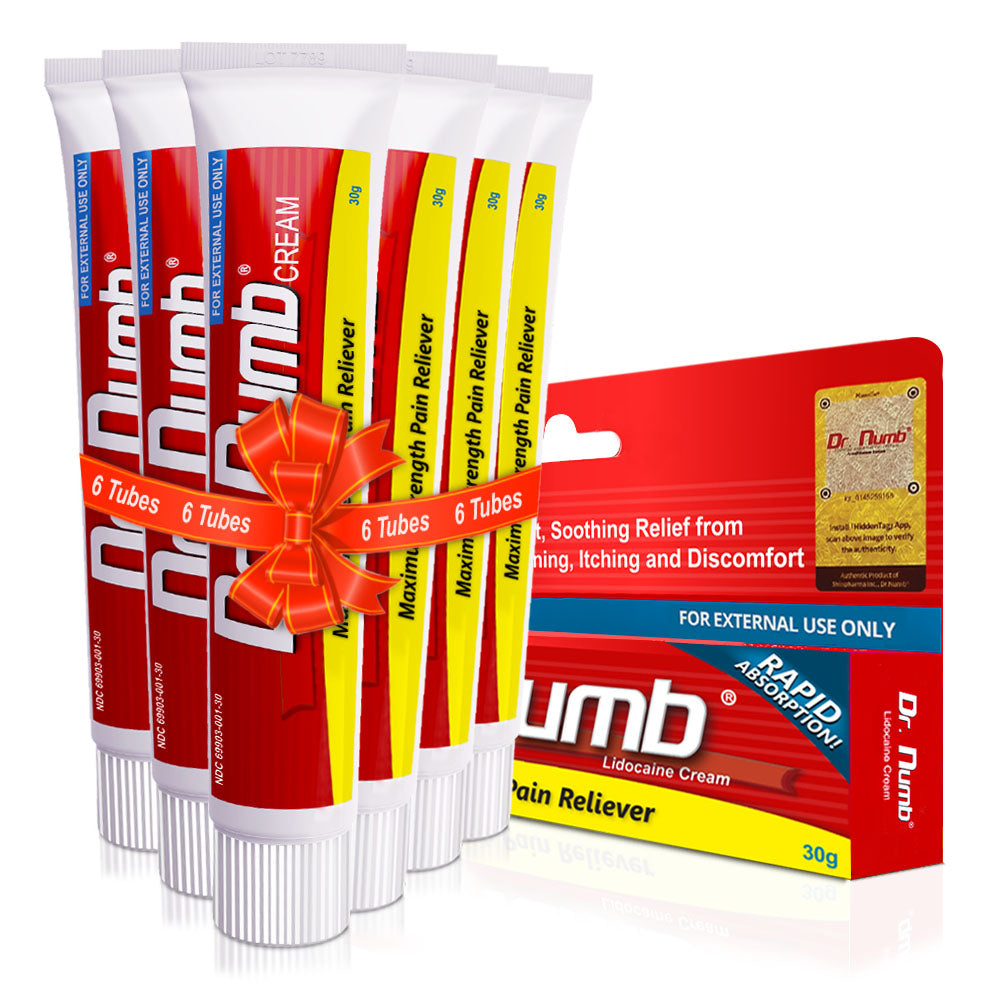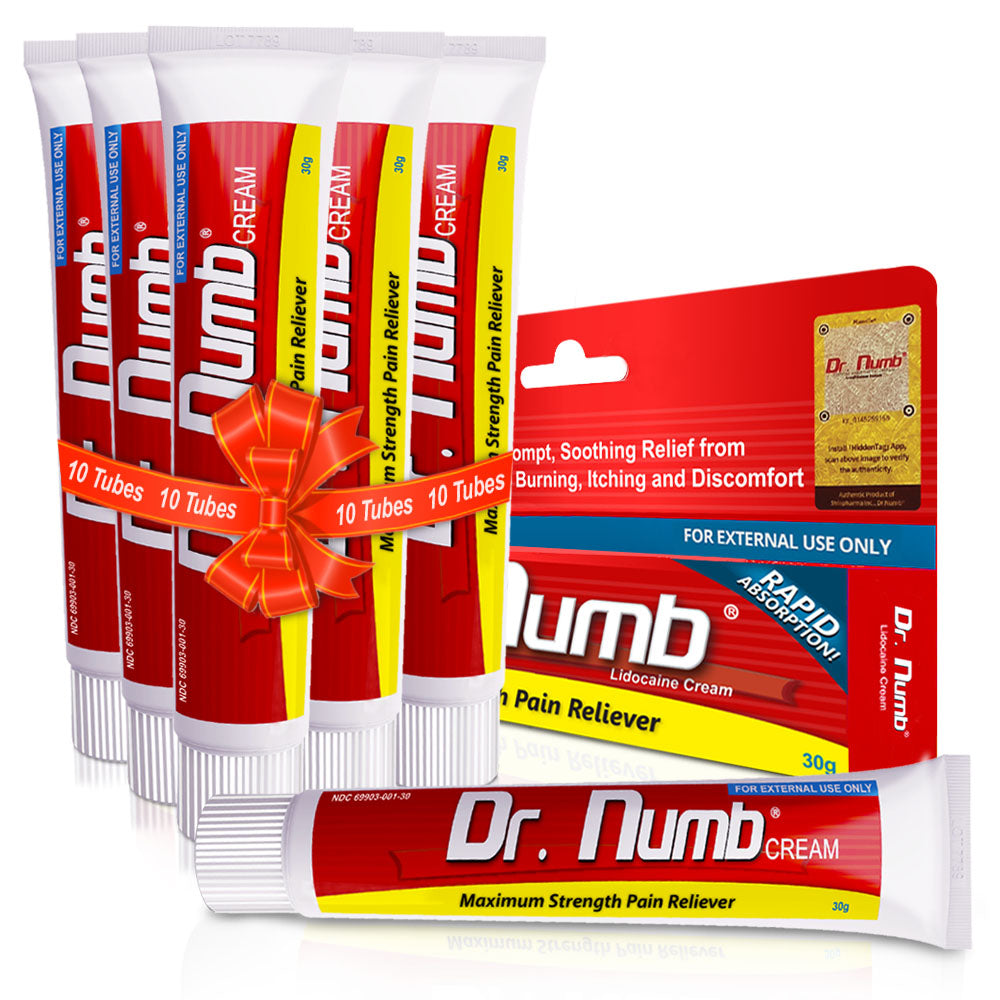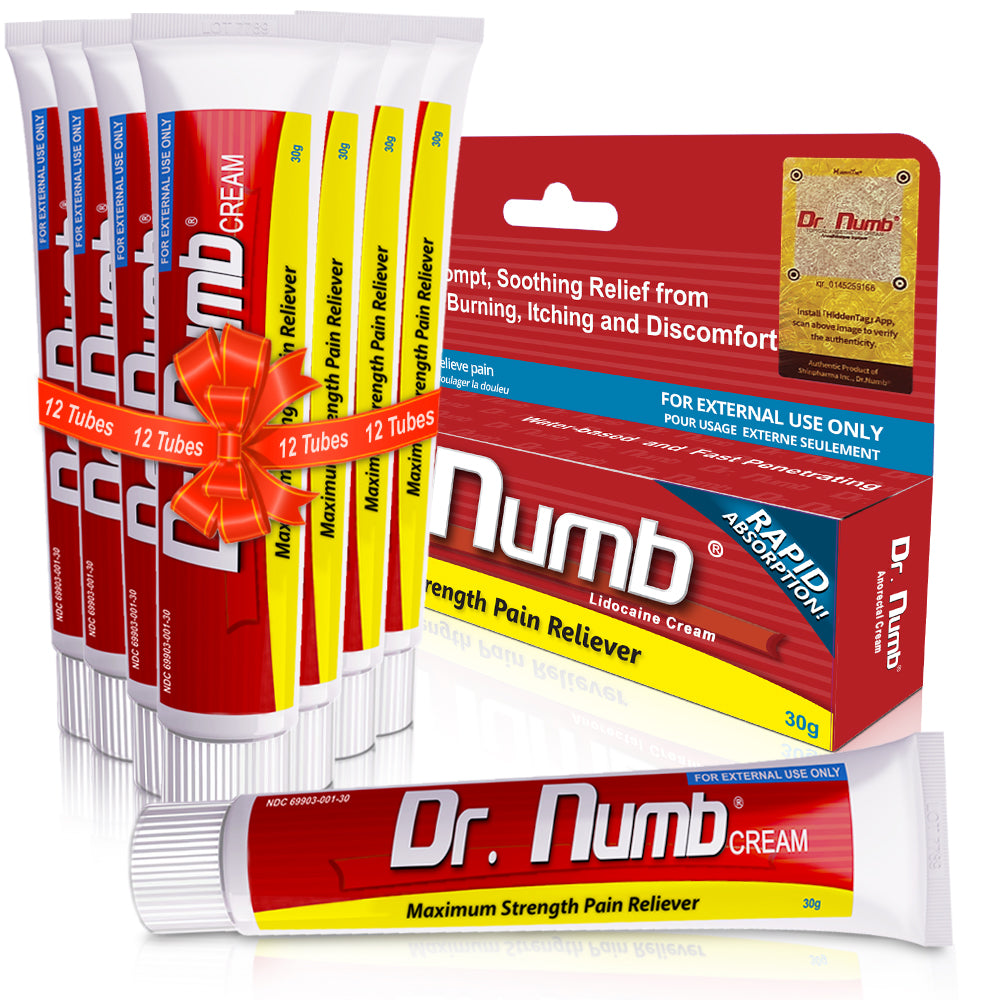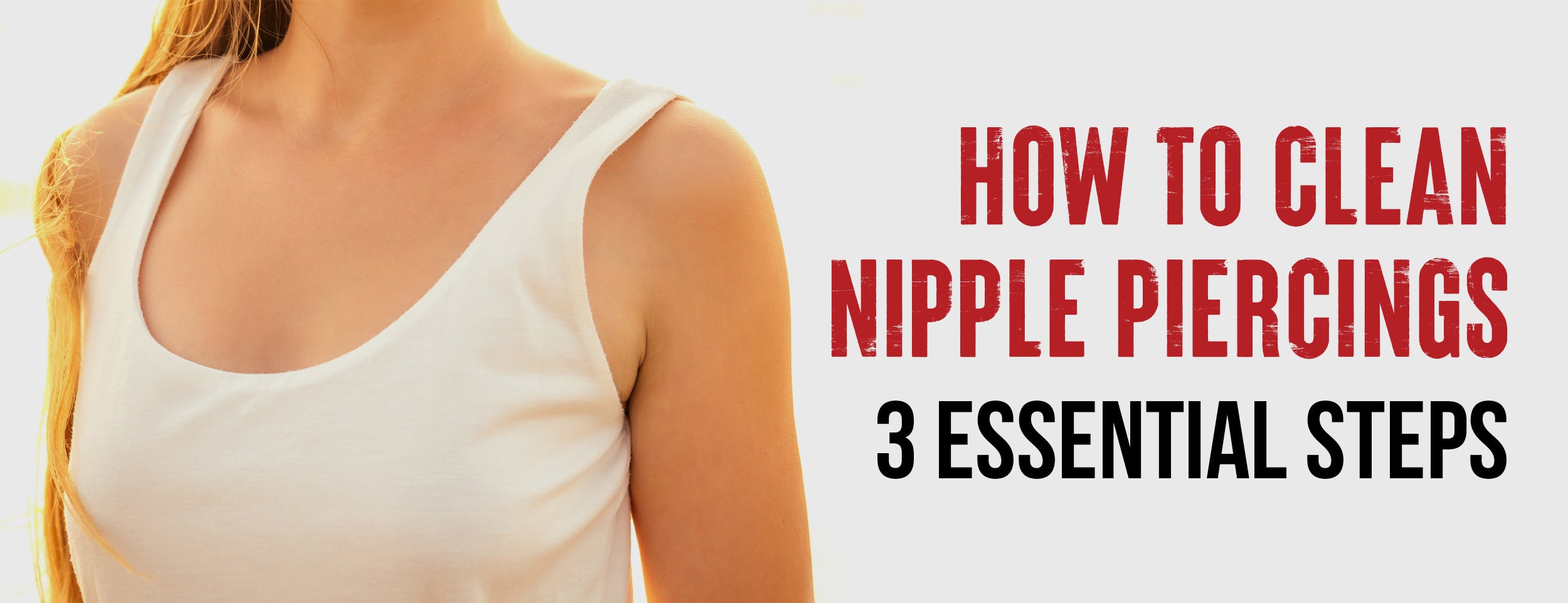To avoid nipple piercing injuries, consider factors like scarring from fluid-filled tissue surrounding the holes. Thick scar tissue, including keloid scars, can form, and infections may occur because of bacterial buildup, causing pain, swelling, and pus. Untreated infections can damage nipple tissue and potentially spread.
It takes around 9 to 12 months for a nipple piercing to heal. However, the healing duration depends on your body and how well you care for the piercing. Like any other piercing, nipple piercings require proper care and attention to heal and settle correctly.
We will discuss how long it takes nipple piercings to heal. Explore the stages of healing, the natural part of the process, and some foolproof healing practices to ensure a smooth experience.
How Long Do Nipple Piercings Take To Heal: Recovery Time and Stages

Nipple piercings are exciting but require knowledge of the healing stages. This guide is here to help you understand these stages and to give you practical tips to manage any common challenges you may face during the healing process.
Stage 1: Redness, Soreness, Oozing (1 Week)
The initial week after a medical procedure or treatment can be challenging for many individuals. The affected area is expected to experience redness, soreness, swelling, and oozing. In addition, some people may also report feeling pain or itchiness during the first few days.
Stage 2: Short-Term Healing: Weeks 6-12
During the short-term healing phase, which usually spans weeks six through twelve, your piercing should continue to show signs of progress.
Signs of Progress
By this stage, the initial redness and swelling should have significantly reduced, and discomfort should be minimal, if not entirely gone. The piercing should appear healthier overall, and there should be no signs of infection, such as pus or excessive redness.

Common Challenges and How to Overcome Them
However, challenges may arise during this period. One common issue is the formation of piercing bumps or keloids. These are small, raised scars that can form around the piercing site. It is possible to treat them with over-the-counter creams or, in more severe cases, may require a doctor's intervention.
Stage 3: Long-Term Healing: Beyond 12 Weeks
You're entering the long-term healing phase once you've passed the twelve-week mark.
Navigating Residual Soreness and Inflammation
Residual soreness and inflammation may still occur at this stage, significantly if the piercing has been bumped or the jewelry has been changed prematurely. Handle the piercing carefully and maintain your aftercare routine to manage these symptoms.
Gradual Return to Normal Activities
You should also be able to gradually return to your normal activities, including exercise and swimming, provided the piercing is healing well. However, avoiding undue stress or trauma to the area is still essential.
A Natural Part of the Healing Process
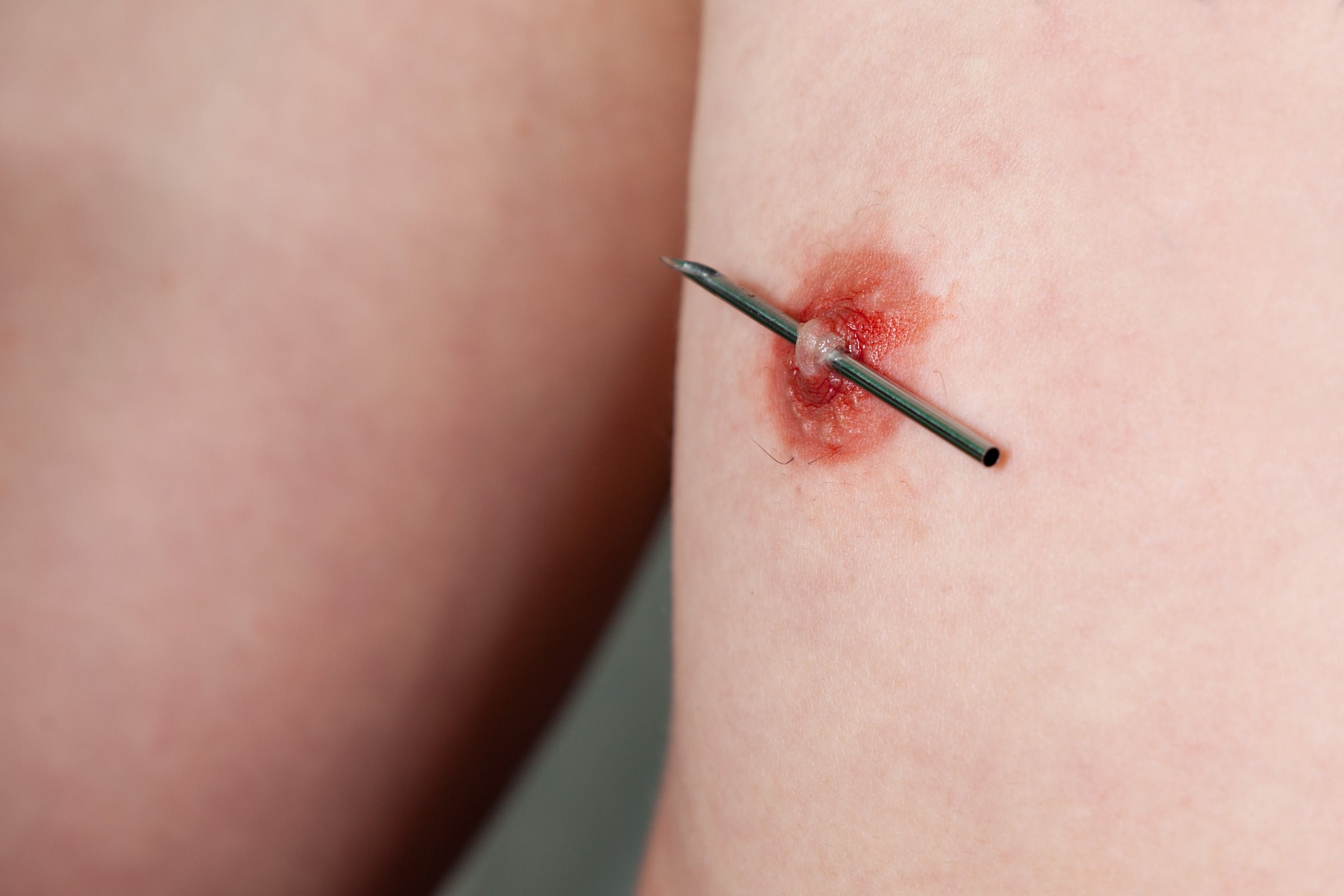
For the first few weeks and months, you can expect to see:
- Bleeding: During the initial days, bleeding is expected because of the thinness of the nipple skin. To maintain cleanliness, rinse and dry the piercing regularly, removing blood. If bleeding persists beyond the first few weeks with no apparent cause, it is advisable to consult your piercer for further guidance.
- Swelling: Swelling is a common occurrence with most piercings. That's why many piercers suggest using long barbells for nipple piercings. This allows your nipple tissue to swell with no obstruction. If you experience excessive swelling or pain, it's recommended to consult your piercer. Uncontrolled swelling can lead to tissue damage and increase the risk of infection.
- Discomfort during your period: People with vulvas may encounter heightened sensitivity around the nipple area during menstruation, particularly in the initial months after getting pierced. However, as time progresses, the discomfort usually diminishes. Employing a cold compress and taking nonsteroidal anti-inflammatory drugs (NSAIDs) can offer relief from any pain experienced.
Nipple Piercing Healing Best Practices
After getting a nipple piercing, it's crucial to properly care for it in the first few days and weeks. The fresh piercing is vulnerable to bacterial infections from the air, skin, or object contact.
You'll get detailed aftercare instructions from your piercer for optimal healing. Follow this guide to care for your nipple piercing and prevent complications.

Don'ts
Avoiding Blood-Thinning Medications and Substances
- Aspirin, alcohol, and excessive caffeine can hinder clotting and healing.
- Increased risk of bleeding during the initial weeks after piercing.
Steering Clear of Nicotine and Smoking
- Nicotine slows down the healing process.
- Reducing smoking or using alternatives like patches or e-cigarettes with less nicotine is advised.
Excluding Immersion in Water Bodies
- Pools, spas, and baths harbor bacteria.
- Immersing the piercing in such environments increases the risk of infection.
Avoiding Harsh Cleaning Products

- Bar soaps and harsh cleaning fluids can damage the piercing.
- Rubbing alcohol, hydrogen peroxide, and antibacterial soaps should be avoided.
Resisting the Urge to Touch
- Hands carry bacteria, increasing infection risk.
- Frequently touching the piercing, especially with devices like phones, should be avoided.
Avoiding Fidgeting with Jewelry
- Moving or fidgeting with jewelry can cause tiny tears.
- Increases the risk of infection and delays healing.

Minimizing Crust Disturbance
- Do not rotate or play with jewelry.
- Avoid removing crusts, as it can introduce bacteria and lead to infection.
Steering Clear of Over-the-Counter Creams
- Avoid using creams or ointments without consulting a doctor.
- Over-the-counter products may trap bacteria, elevating infection risk.
Dos
Rinsing and Cleaning
- Rinse the piercing a few times daily with warm, clean water and unscented soap.
- Regular cleaning, especially after noticing bleeding, is crucial.
Sea Salt Soaks for Healing
- Use sea salt to soak the piercing at least twice daily for a few months.
- Use non-iodized sea salt or a saline solution, applying it with a small glass or cotton balls.
Choosing Appropriate Clothing

- Wear loose cotton clothing in the initial months.
- It allows for fresh air circulation and minimizes bacterial buildup.
Nighttime Protection with Thick Cotton Clothes or Bras
- Wear thick cotton clothes or sports bras at night or during physical activity.
- It prevents snagging on fabrics and protects them during vigorous movements.
Caution While Getting Dressed
- Be mindful when dressing to avoid catching fabric on the piercing.
- Reduces infection and pain.
Utilizing Piercing Spray System
- Use a Dr. Numb lidocaine foaming soap for cleanliness and quick healing.
- Ensures a bacteria-free environment for the piercing.

Maintaining Clean Surroundings
- Keep sheets, bras, and clothing clean.
- Frequent changes prevent bacterial transfer and potential complications.
Avoiding Unnecessary Trauma
- Minimize friction from clothing, towels, and excessive motion.
- Reduces the risk of irritation and supports healing.
Conclusion
While the thought of living with a not-so-fully healed piercing for almost a year can feel daunting, remember that it doesn't have to be a painful, inconvenient experience. With the correct aftercare and a splash of patience, your nipple piercing will heal comfortably before you know it.
Remember, proper aftercare is not just a recommendation; it's a necessity. So, follow the above guidelines, be patient with your body, and ensure you're giving your new piercing the best chance to heal smoothly.

![The Recovery Time and Stages of Nipple Piercings [Best Practices]](http://drnumb.com/cdn/shop/articles/How_Long_Do_Nipple_Piercings_Take_To_Heal__3_Stages_Explained.jpg?v=1714373243&width=1100)


